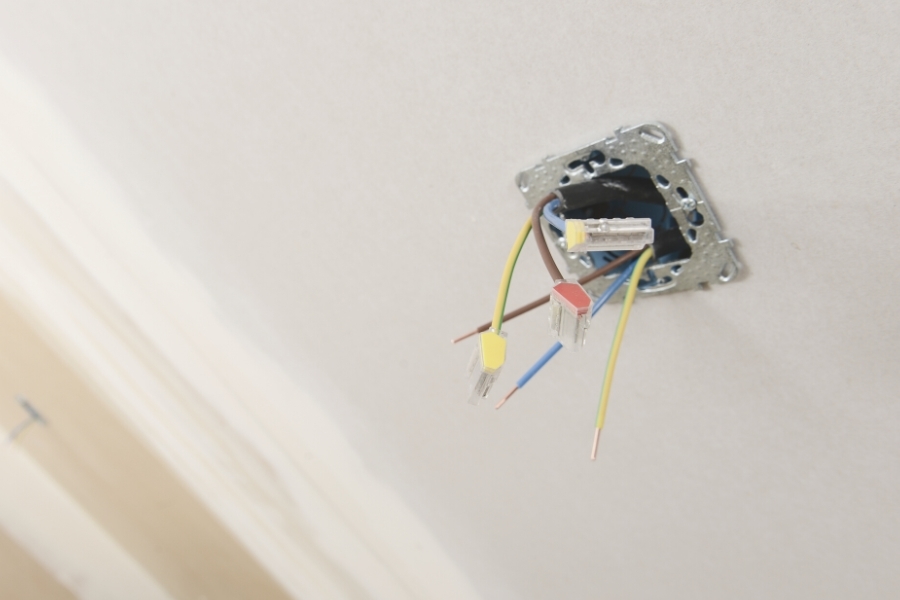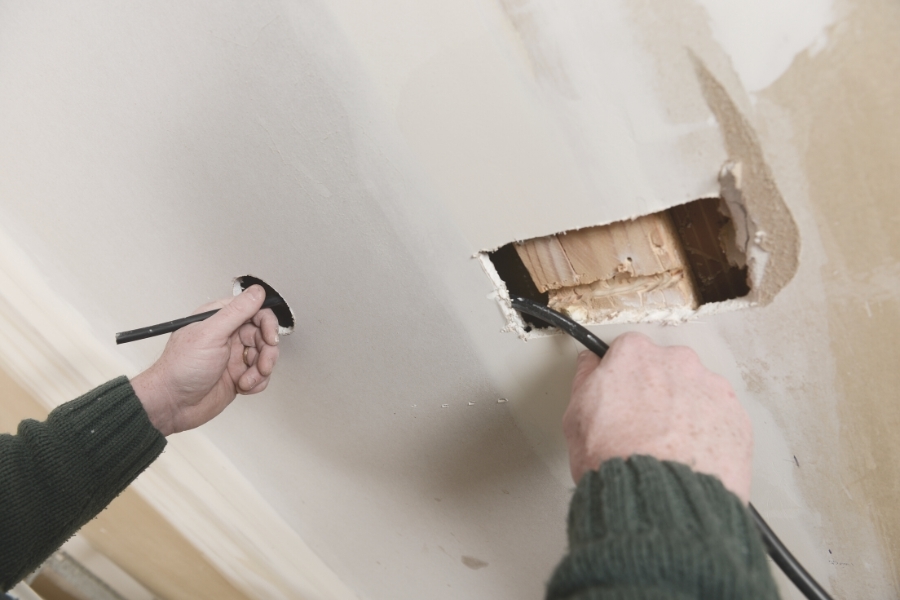Creating a Plan for Your DIY Electrical and Lighting Projects
DIY electrical and lighting projects can be a great way to save money and personalize your home. However, before you start any project, it’s important to have a solid plan in place to ensure your safety and the success of your project. Here are some tips for creating a plan for your DIY electrical and lighting projects.
Determine Your Skill Level
Before you start planning your project, it’s important to determine your skill level. Electrical work can be dangerous if not done correctly, so if you’re not experienced, it’s best to start with smaller and simpler projects. You may also consider taking a class or working with a professional electrician to gain more knowledge and experience.
Set Your Budget
Once you’ve determined your skill level, determine your budget for the project. Electrical and lighting projects can range in price depending on the complexity and materials required. Make sure to research the costs of the materials required and factor in any additional tools or equipment you may need to purchase.
Gather Your Materials
Once you have your budget set, it’s time to gather your materials. Make a list of everything you’ll need for the project, including wires, outlets, switches, and light fixtures. Make sure to purchase high-quality materials from a reputable supplier to ensure the safety and longevity of your project.

Create a Design Plan
Before you start any electrical work, it’s important to create a design plan for your project. This plan should include the placement of all electrical components, including outlets, switches, and light fixtures. It’s important to consider the size and layout of the room, as well as any specific lighting needs you may have. You may want to consult with an electrician or lighting designer to ensure that your plan is safe and functional.
Follow Safety Protocols
When working with electricity, adhere to all safety protocols to prevent accidents and injuries. Make sure to turn off the power to the area you’ll be working on and use proper safety gear, such as gloves and safety glasses. Never touch live wires with your bare hands, and test all components before installing them.
Test and Inspect
After completing your project, it’s crucial to test and inspect all electrical components to ensure they are working correctly and safely. Use a voltage tester to check for live wires and ensure all connections are secure. If you’re uncomfortable testing your work, consider hiring a licensed electrician to inspect your project.
In conclusion, creating a plan for your DIY electrical and lighting projects is essential for ensuring safety and success. By following these tips, you can create a plan that fits your skill level, budget, and specific project needs. Reno Liquidators offers outlets, pot lights and more to help you add flair to your home renovation at affordable prices. You can shop online or in-store at Reno Liquidators. To turn your dream lighting project into a reality, shop online or in-store today.

